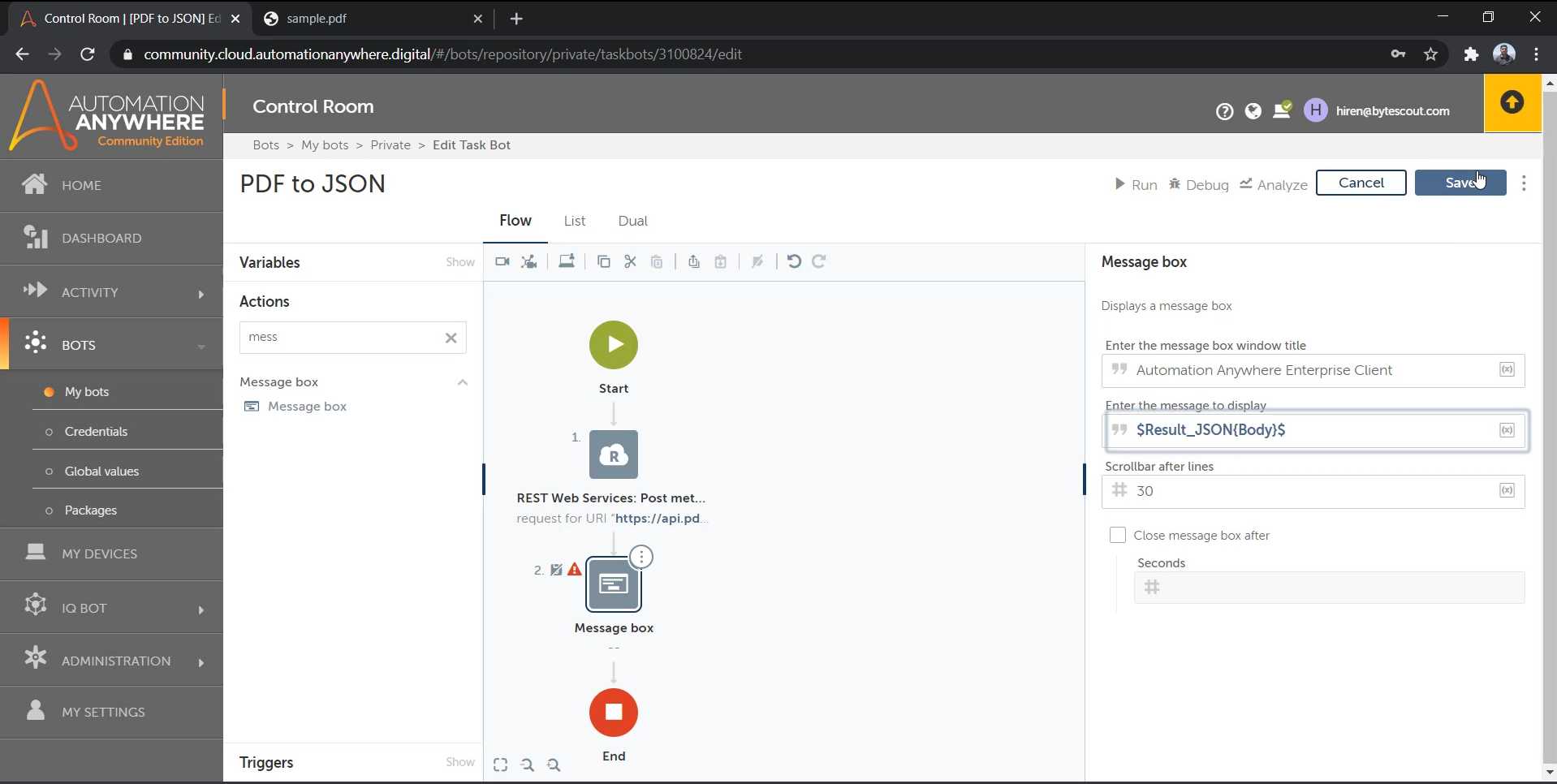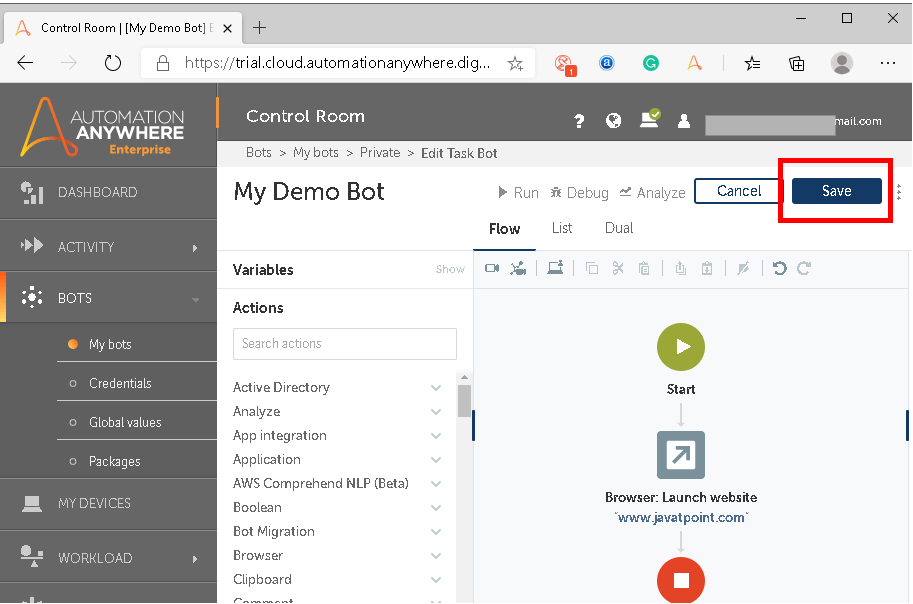Automation Anywhere

Automation Anywhere software | Robotic Process Automation software
- Unleash innovation with a digital workforce for every team
- No matter the industry, automate anywhere
- Powering automation in 90+ countries worldwide
- Transfer information into data














